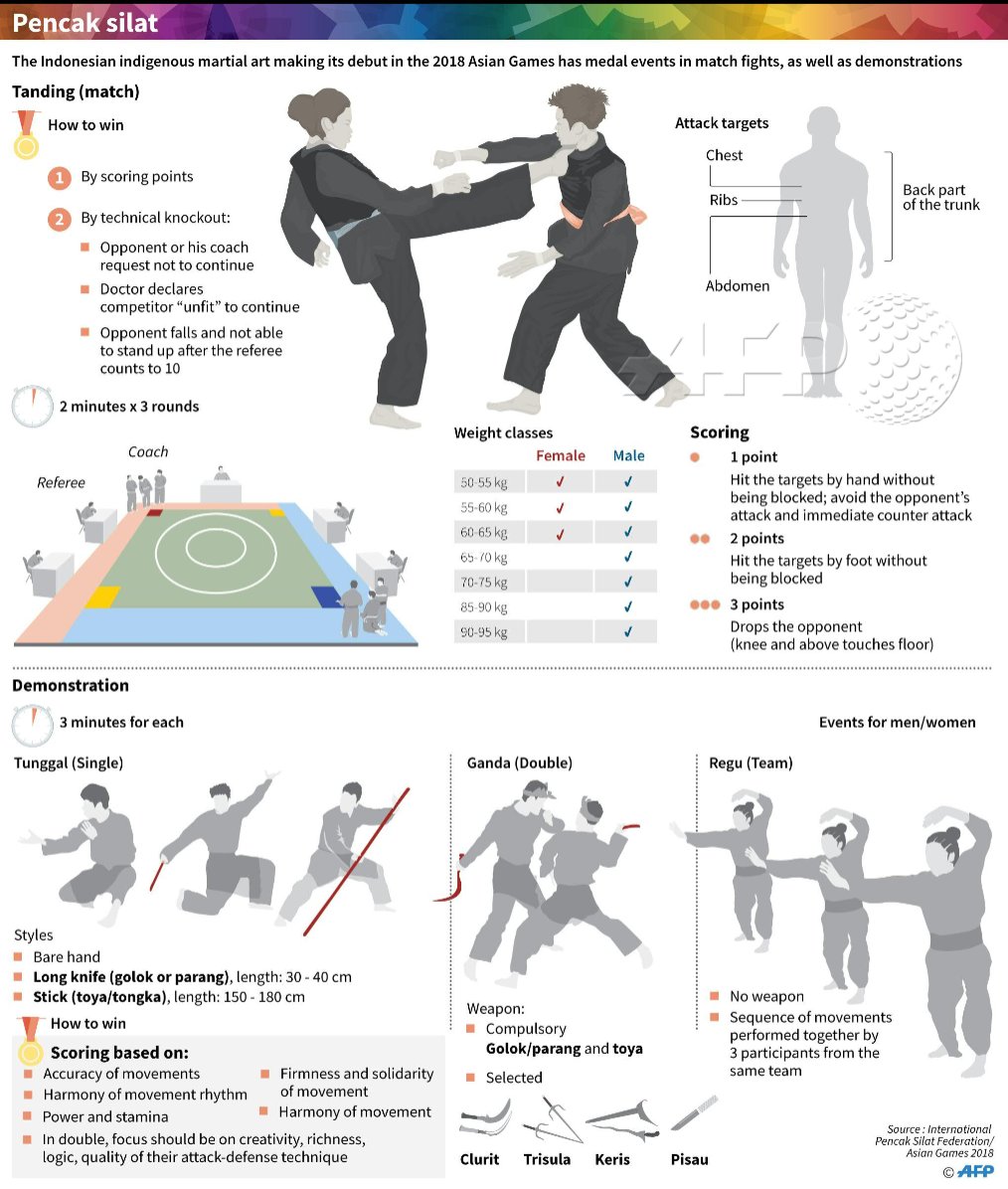Debunking The Different Fighting Style Styles: From Martial Arts To Taekwondo
Debunking The Different Fighting Style Styles: From Martial Arts To Taekwondo
Blog Article
Article Created By-Stender Joseph
Are you tired of feeling overwhelmed by the substantial world of martial arts? With many styles to choose from, it can be easy to obtain shed in a sea of strikes, kicks, and mystical names. But anxiety not!
This discussion will demystify the various martial arts designs, taking you on a journey from the powerful strikes of Martial arts to the vibrant kicks of Taekwondo. Prepare to reveal the origins, techniques, and philosophies behind these ancient art kinds.
So, tighten your belt and prepare to start an enlightening exploration right into the exciting world of fighting styles.
Beginnings of Martial Arts Styles
The origins of martial arts designs can be mapped back to ancient people and their requirement for protection and combat strategies. Throughout history, various cultures developed their very own unique approaches of battling, each with its very own collection of methods and approaches.
In China, for example, martial arts styles such as Martial art and Tai Chi were created as a means of protection and boosting physical and mental health.
In Japan, the samurai warriors created styles like Martial arts and Judo, concentrating on technique, accuracy, and mastery of the body.
In a similar way, in Korea, Taekwondo became a martial art highlighting high kicks, fast movements, and mental stamina.
These very early human beings laid the structure for the diverse variety of fighting styles designs that exist today, each with its very own abundant background and cultural importance.
Techniques and Training Methods
To grasp fighting styles designs, professionals need to find out various techniques and training methods.
Strategies are the particular movements and activities used in battle, such as punches, kicks, throws, and obstructs. Various martial arts styles have their very own special set of strategies that professionals must grasp through strenuous training.
Training approaches vary depending on the design, but they typically include a mix of physical conditioning, drills, competing, and types.
Physical conditioning is essential to develop stamina, versatility, and endurance. Drills assist experts improve their methods and enhance their speed and precision.
Sparring permits practitioners to practice their techniques in a controlled, reasonable setting. Forms, additionally called kata, are ironclad series of motions that help experts create muscular tissue memory and emphasis.
Ideologies and Principles
Exploring the approaches and principles of martial arts styles can supply you with a much deeper understanding of your picked technique. Each fighting style has its own unique ideology and set of guiding principles that shape the way it's practiced.
For example, Karate highlights technique, respect, and self-constraint. https://www.shine.cn/news/nation/2201090586/ instructs specialists to focus their body and minds, allowing them to protect themselves while maintaining a sense of internal tranquility.
On the other hand, Taekwondo positions a solid focus on rate, dexterity, and adaptability. Its concepts are rooted in the tenets of politeness, honesty, perseverance, self-constraint, and resolute spirit.
Conclusion
Since you've discovered the origins, strategies, and viewpoints of various fighting styles styles, you have a much deeper understanding of these old disciplines.
Envision what is the best form of martial arts , practicing with steadfast determination and focus, breaking through boards with a powerful strike.
Their trip showcases the dedication and toughness needed to master a martial art, advising us that with discipline and willpower, anything is feasible.
